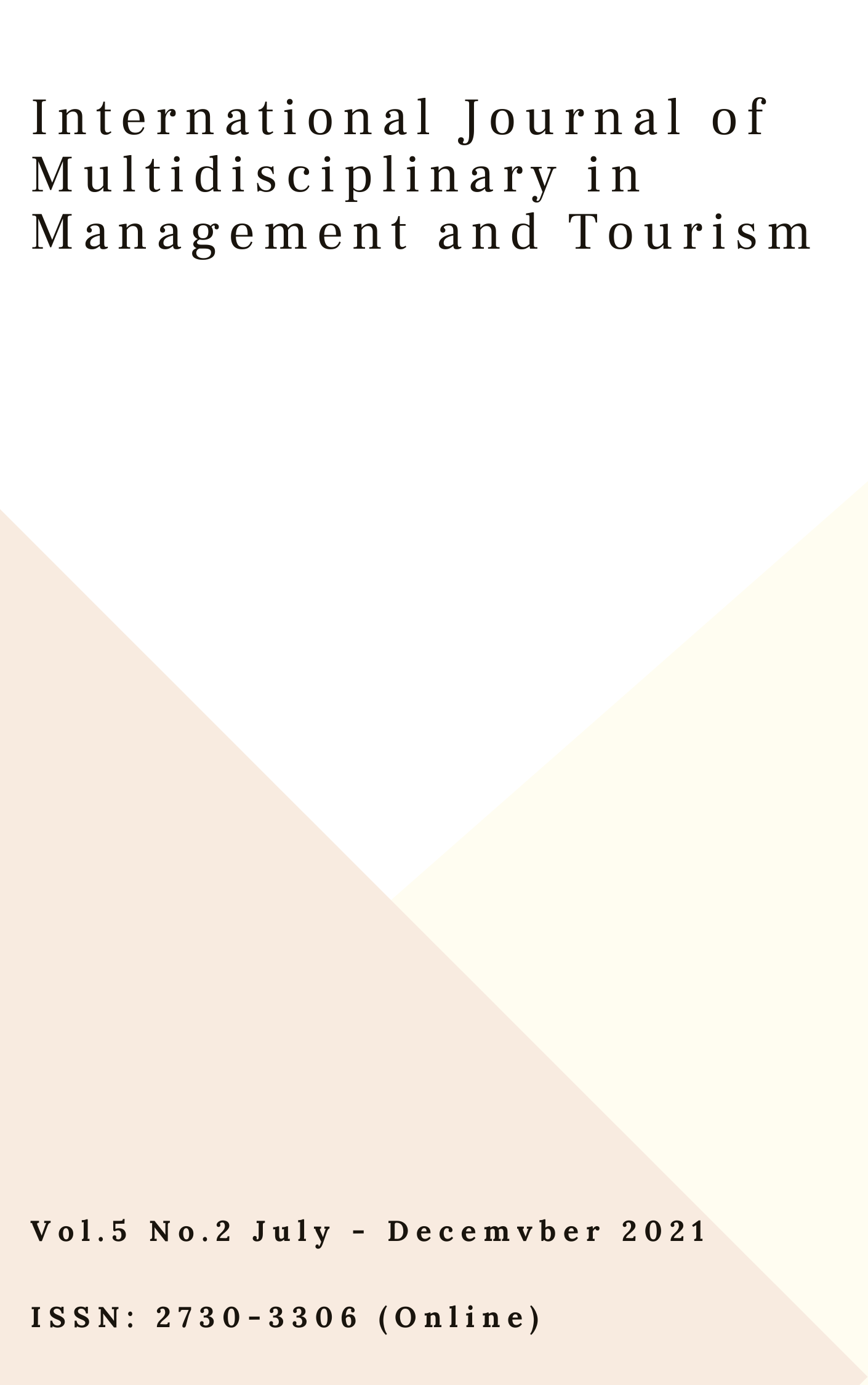Development of Presentation Tourist Information to Promote Quality Tourism of Pattaya City
Main Article Content
Abstract
This study aims (1) to find a source of information that influences foreign tourists visiting Pattaya, (2) to examine the impact of news on the behavior of foreign tourists visiting Pattaya, and (3) as implications for policymakers and destination businesses. The sample was 400 inbound tourists to answer questionnaires based on convenience sampling. Descriptive and content analyses are the main analysis methods. The result offers policymakers to design and improve advertising and public relations and create a positive Pattaya image for foreign tourists. This study finds that most tourists are aware of the negative information of Pattaya City at a moderate level. Negative information with the highest mean is plunder news and city of sex show news. Most foreigners trust the negative information of Pattaya City at a moderate level. Negative information with the highest mean is city of sex show news, motorcycle accident news, and car accident news. Most foreigners are afraid of the negative information of Pattaya City at a moderate level.
Article Details

This work is licensed under a Creative Commons Attribution-NonCommercial-NoDerivatives 4.0 International License.
References
DeFleur, M. (1970). Theories of Mass Communication. David Mckay.
Chalongsri, P. (2002). Planning and development tourist market. Kasetsart University.
Lasswell, H. D. (1966). The Structure and Function of Communication in Society. Free Press.
Office of the Permanent Secretary for Tourism and Sports. (2019). Survey of Attitude and Foreigner Tourist satisfaction in Thailand. Office of the Permanent Secretary for Tourism and Sports.
Parama, S. (1996). Principle and Communication Theory. Chulalongkorn University.
Scharmm, W. (1973). Men, messages, and media. Harper & row.
Whyte, P.R. (2004). The beach is a liminal space. A companion to tourism. Blackwell.

